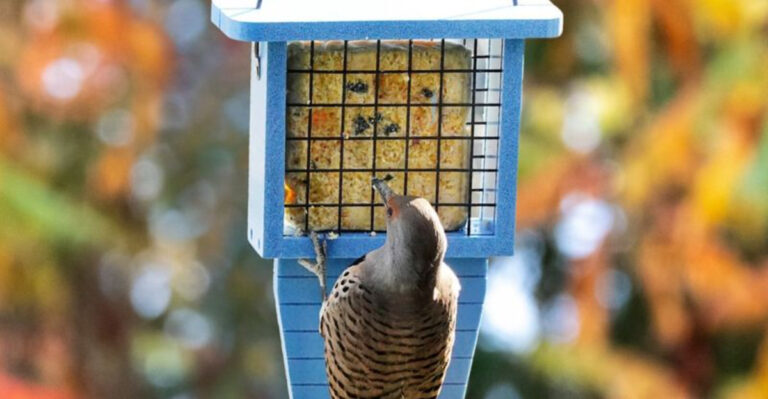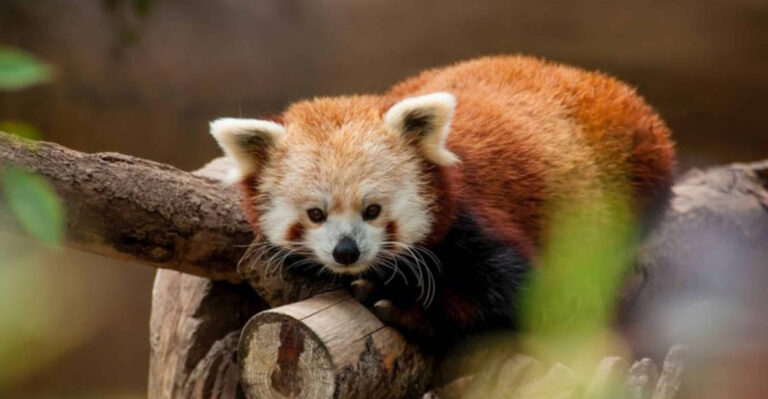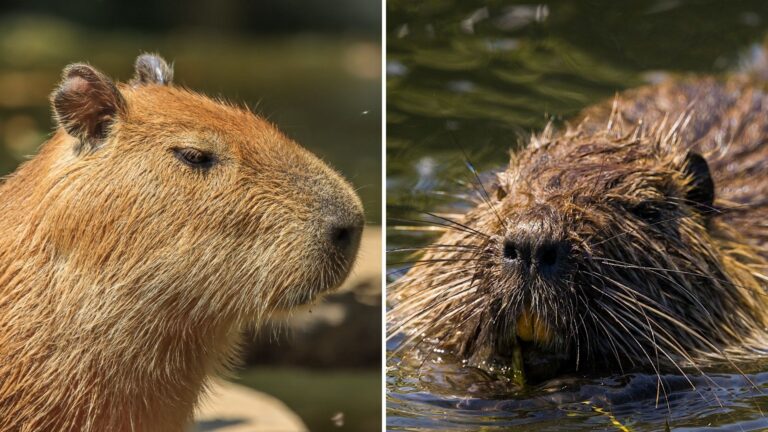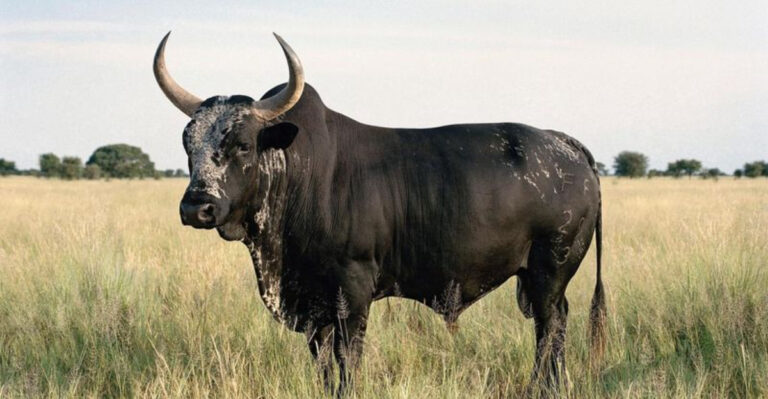Why Giant Ground Sloths Evolved Three Separate Times For The Same Purpose?
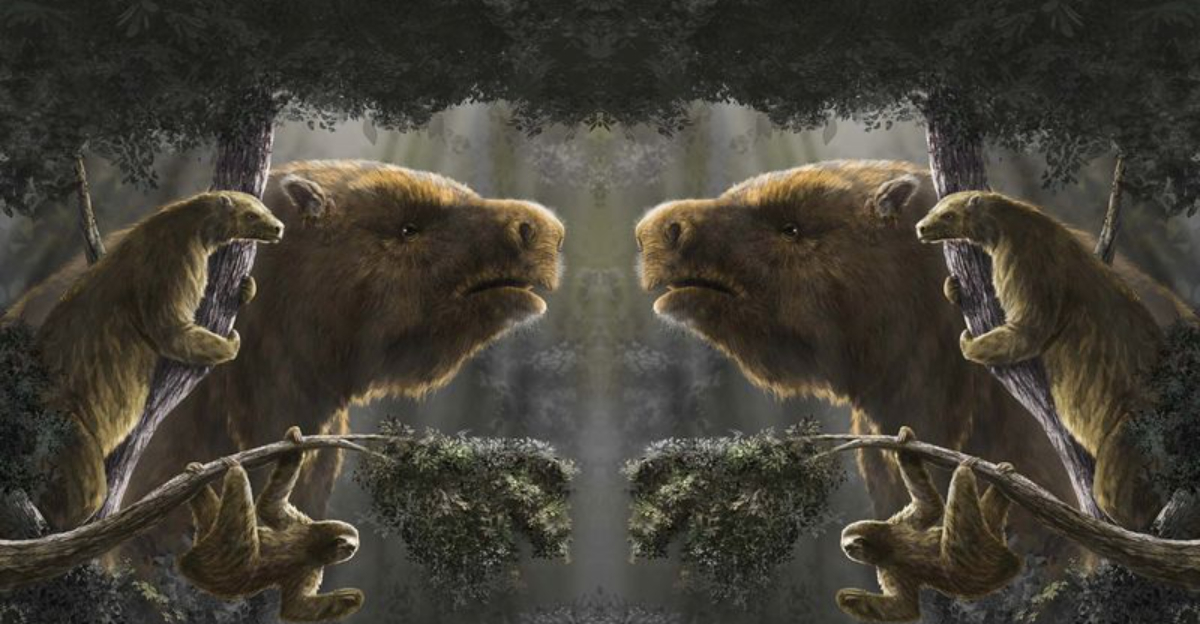
Ever wondered about those massive prehistoric creatures that roamed Earth millions of years ago? Giant ground sloths were enormous mammals that could stand up to 20 feet tall – much bigger than today’s tree sloths!
Scientists have discovered something truly amazing: these giant creatures evolved independently three different times throughout history, each time developing similar features to fill the same ecological role.
Let’s explore this fascinating case of convergent evolution and why nature kept recreating these gentle giants.
1. Nature’s Triple Experiment

Mother Nature ran the same experiment three separate times, creating giant ground sloths in different geological periods. These weren’t just similar animals – they were distinct evolutionary lineages that independently grew to massive sizes and adopted similar lifestyles.
The first lineage appeared during the Oligocene epoch about 35 million years ago. The second emerged in the early Miocene around 23 million years ago. The third developed during the Pliocene approximately 5 million years ago.
Each time, smaller sloth ancestors gradually transformed into towering herbivores that dominated their environments. This remarkable pattern demonstrates how similar ecological pressures can shape unrelated animals in nearly identical ways.
2. Mega-Herbivore Ecological Niche

All three giant sloth lineages evolved to fill the same crucial ecological role – mega-herbivores that could reach tall vegetation. Standing upright on powerful hind legs, these giants could browse tree canopies that other animals couldn’t access.
Their specialized role as high-browsers helped shape entire ecosystems. By pruning certain trees and dispersing seeds through their droppings, they maintained the balance of ancient forests and grasslands.
This ecological niche was so important that when one lineage disappeared, evolutionary pressures favored the development of new giant sloths to take their place. Each new group evolved the same toolkit: massive size, bipedal feeding posture, and specialized digestive systems.
3. Unique Claw Adaptations
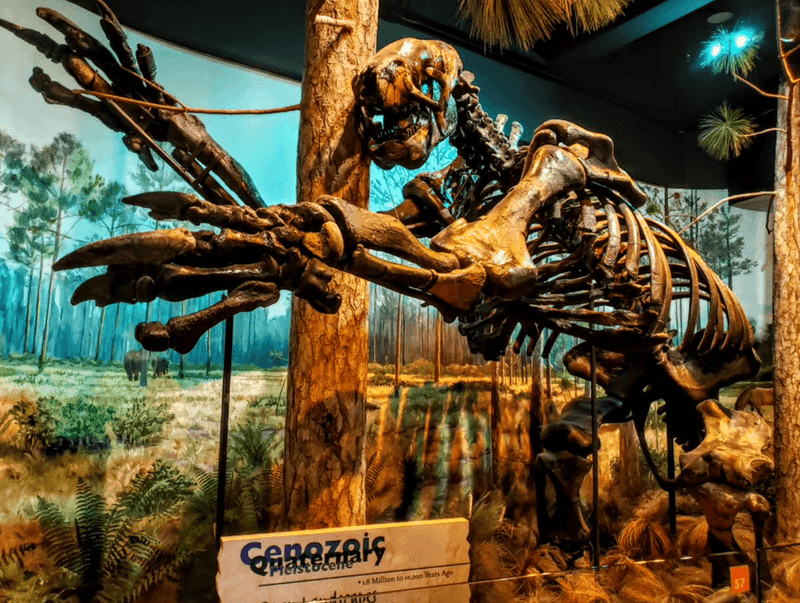
Those massive curved claws weren’t just for show! All three giant sloth lineages independently developed similar claw structures – a perfect example of convergent evolution. While modern tree sloths use claws for hanging, their giant cousins repurposed them for different tasks.
Their front claws worked like built-in Swiss Army knives. They could hook and pull down branches too high for other animals to reach. The claws also served as digging tools for unearthing roots and tubers during seasonal food shortages.
Interestingly, the claws doubled as defensive weapons against predators like saber-toothed cats. Each lineage evolved these specialized tools despite having different ancestral starting points.
4. Climate Change Survivors
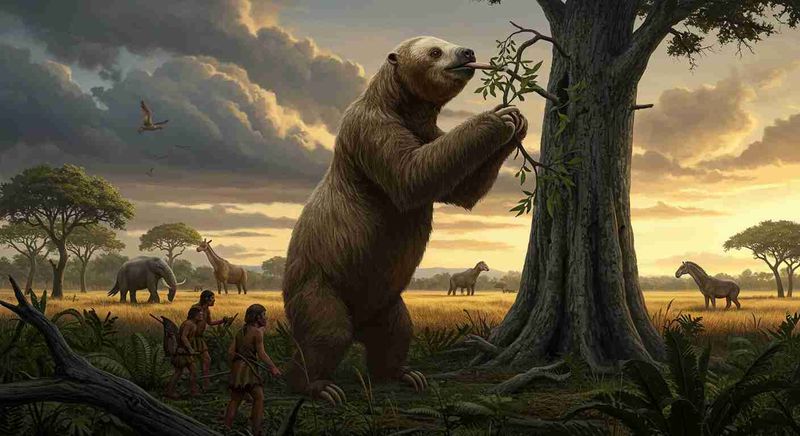
Giant sloths were surprisingly resilient to climate shifts. Each of the three lineages evolved during periods of significant environmental change, suggesting that their size and adaptability were responses to unstable conditions.
Their large bodies stored fat reserves that helped them survive seasonal food shortages. Additionally, their varied diet allowed them to switch between different plant foods as availability changed with the seasons or climate shifts.
Some species adapted to tropical forests while others thrived in more temperate regions. The Megatherium lineage even survived multiple ice ages before eventually disappearing. This climate resilience helps explain why nature “reinvented” giant sloths multiple times as Earth’s climate cycled between warm and cool periods.
5. Bone-Crushing Digestive Systems
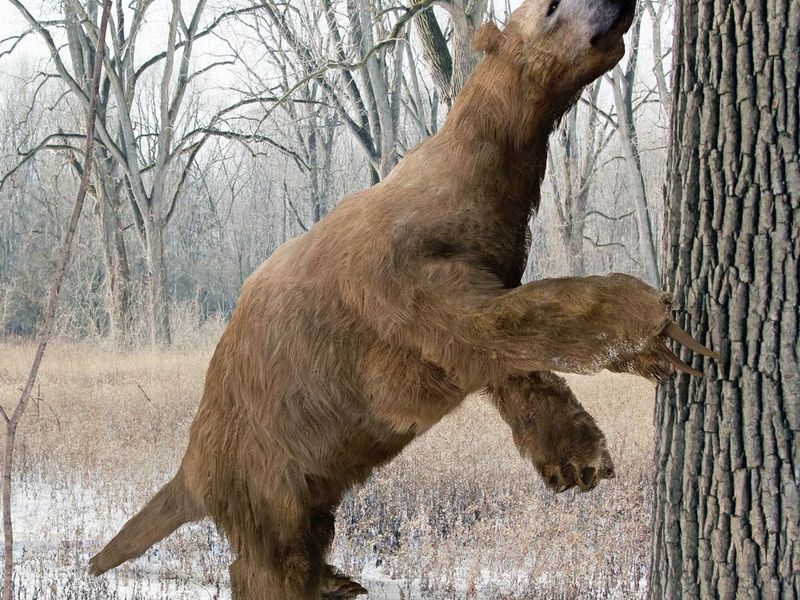
Talk about powerful stomachs! All three giant sloth lineages independently evolved specialized digestive systems that could process tough plant materials that other herbivores couldn’t handle. Their massive guts functioned like fermentation vats.
Scientists studying fossilized dung have discovered that these giants could digest fibrous plants, tough bark, and even some toxic vegetation that would sicken other animals. Their teeth were similarly specialized – lacking enamel and growing continuously throughout their lives.
Each lineage developed unique jaw muscles and grinding teeth that could pulverize tough plant material. This digestive superpower allowed them to exploit food sources that other herbivores couldn’t access, giving them a competitive edge in harsh environments.
6. Social Structure Similarities
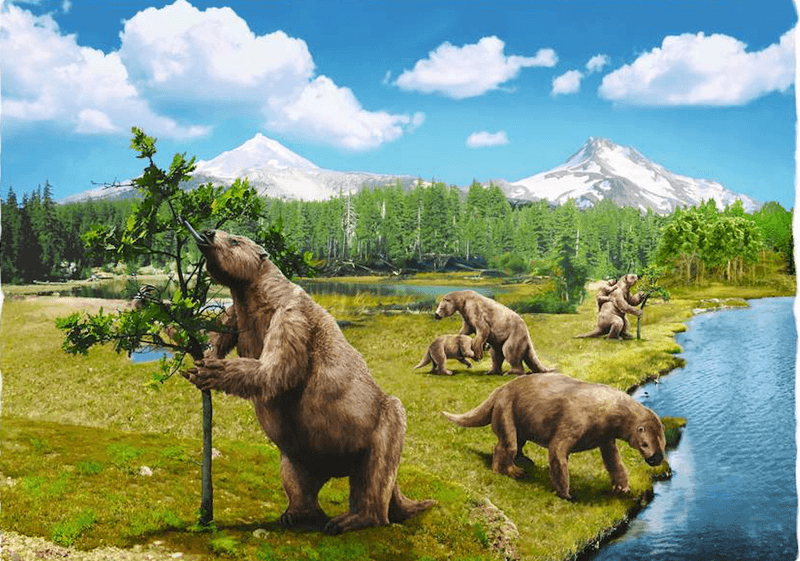
Fossil evidence suggests all three giant sloth lineages developed surprisingly similar social behaviors. Unlike today’s solitary tree sloths, these giants likely lived in loose family groups for protection and resource sharing.
Footprint trackways discovered in White Sands National Park reveal that juveniles walked protected between adults. This suggests parental care was important across all giant sloth species.
Bone beds containing multiple individuals of different ages indicate they may have died together during droughts or disasters. Their social nature might explain their evolutionary success – cooperation allowed them to defend against predators and locate seasonal food sources more effectively. Each lineage independently developed these social adaptations despite evolving at different times.
7. Seed Dispersal Champions
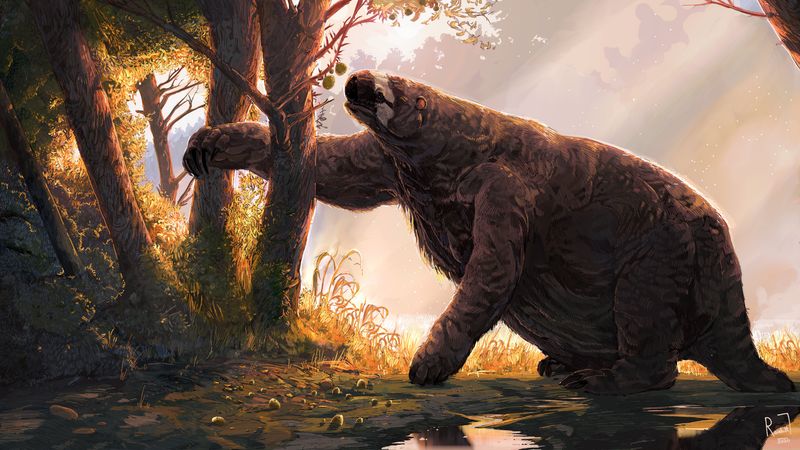
Giant sloths were nature’s gardeners! All three lineages served as critical seed dispersers for large-fruited plants. Their massive size allowed them to consume fruits whole and transport seeds far from parent trees.
Many ancient plant species evolved large, tough fruits specifically adapted for sloth consumption. The avocado is one surviving example – its large pit and fatty flesh evolved to attract giant sloths who would then disperse the seeds.
When giant sloths disappeared, many plant species lost their primary seed dispersers. Some plants, like the Kentucky coffee tree, still produce fruits seemingly designed for extinct megafauna. This ecological role was so important that nature repeatedly evolved giant sloths to fill it across millions of years.
8. Slow Metabolism Advantage
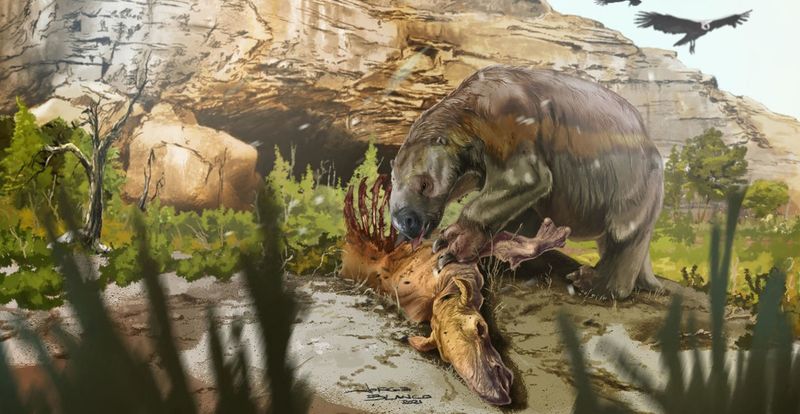
Being slow paid off big time for giant sloths! All three lineages independently evolved exceptionally slow metabolisms – a trait passed down from their smaller ancestors but amplified to suit their giant lifestyle.
This metabolic strategy allowed them to survive on relatively low-quality plant foods that other large herbivores couldn’t utilize efficiently. They needed less food per pound of body weight compared to faster mammals like horses or elephants.
Their slow-motion lifestyle reduced energy needs and heat production. This was particularly advantageous during seasonal food shortages or climate shifts. By conserving energy and processing food thoroughly, giant sloths could thrive in environments where faster animals might starve – explaining why this adaptation appeared three separate times.
9. Predator Defense Strategies

When you’re as big as a car, running isn’t your best option! Each giant sloth lineage independently developed similar defensive strategies against predators like saber-toothed cats and dire wolves.
Standing nearly 20 feet tall on hind legs, they used their massive body size as intimidation. Fossil evidence shows they could swing their powerful forelimbs armed with those massive claws in defensive arcs.
Their thick hides and dense fur provided additional protection against attacks. Some species even developed bony deposits called osteoderms embedded in their skin – similar to armor! These identical defensive adaptations evolved separately in each lineage, showing how similar predatory pressures shaped their evolution despite emerging millions of years apart.
10. Surprising Brain Development
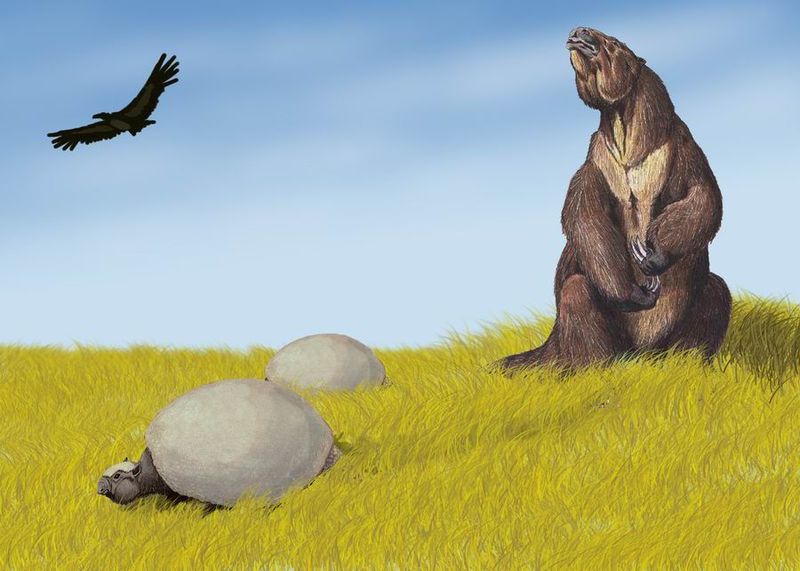
Fossil skull casts reveal something unexpected – all three giant sloth lineages independently developed larger brains relative to their body size compared to their ancestors. This neural evolution suggests they faced similar cognitive challenges.
Enhanced smell centers in their brains helped them identify nutritious plants and detect predators. Their visual cortex was similarly expanded, improving depth perception – crucial for an animal that needed to judge distances when reaching for branches.
Most fascinating was the development of larger cerebellums, the brain region controlling fine motor skills. This adaptation allowed precise movements of their massive claws for feeding and defense. Despite evolving separately, each lineage developed these same neural specializations to master their ecological niche.
11. Juvenile Growth Patterns

Baby giant sloths followed remarkably similar growth patterns across all three evolutionary lineages. Fossil evidence shows they were born relatively small but grew rapidly during their first few years – much faster than modern tree sloths.
Young sloths had different proportions than adults, with shorter limbs and smaller claws. This allowed juveniles to move more quickly and potentially escape predators while still small enough to be vulnerable.
They likely remained with their mothers for several years, learning which plants were safe to eat. Growth rings in fossilized bones indicate all three sloth lineages reached full size around age 20 and could live past 60 years. This extended childhood and longevity evolved independently in each group.
12. Human Interaction Patterns
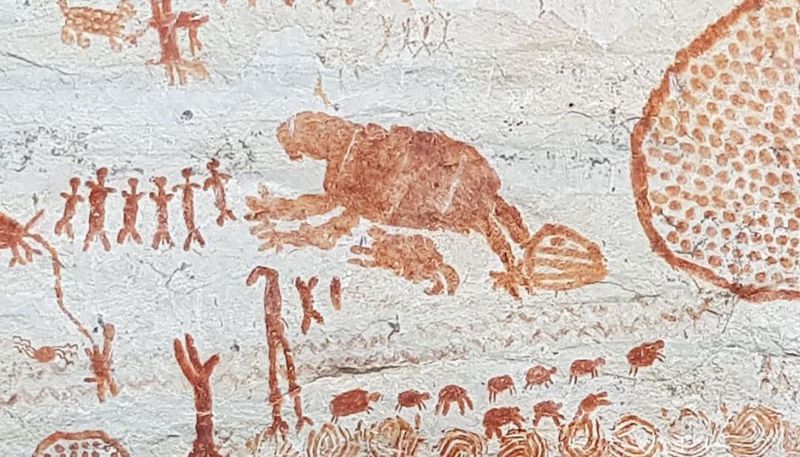
Fascinatingly, all three giant sloth lineages eventually encountered humans, and the interactions followed strikingly similar patterns. Cave paintings and carved bones from different continents show early humans hunted these massive creatures despite their dangerous claws.
Archaeological sites in North and South America contain sloth bones with cut marks from stone tools. Some sites even suggest humans may have scavenged sloth kills from other predators.
Despite their size advantage, all three sloth lineages disappeared shortly after sustained human contact. This parallel extinction pattern suggests giant sloths were particularly vulnerable to human hunting strategies, regardless of which evolutionary lineage they belonged to – a sobering example of how similar ecological pressures shaped their ultimate fate.

